NEWS
30 Forgotten Thrifty Habits Worth Reviving
Published
8 months agoon

Shutterstock
In an era where convenience often overshadows conservation, many traditional thrifty habits have been abandoned. However, there was a time when frugality was essential, prompting people to develop creative and resourceful ways to maximize their resources. Practices such as mending clothes and growing victory gardens not only saved money but also promoted a strong sense of community and environmental stewardship. As we navigate a period of abundant consumerism, revisiting these neglected thrifty habits provides important insights into sustainability and the skill of making the most out of limited resources.
Repairing Rather than Replacing Appliances

Shutterstock
In earlier times, when an appliance malfunctioned, the natural reaction was typically to fix it instead of buying a new one. This method not only conserved money but also prolonged the appliance’s lifespan, thereby minimizing waste and consumption. Basic repair skills were widespread, and keeping appliances in good working order was a standard aspect of home upkeep. Nowadays, despite the fact that many people choose to replace items due to the intricate nature of modern appliances, there is an increasing trend towards repair and sustainability.
The Art of Sewing and Knitting Clothes

Shutterstock
In bygone days, sewing and knitting clothes at home were common practices motivated by the desire to save money and customize one’s wardrobe. These skills enabled people to produce garments tailored to their unique style and size, frequently at a lower expense compared to purchasing from stores. Crafting one’s clothing also fostered a sense of pride and craftsmanship. Despite the widespread availability of mass-produced apparel today, the crafts of sewing and knitting remain popular hobbies for many enthusiasts.
The Benefits of Reusing Wrapping Paper

Shutterstock
Reusing wrapping paper used to be a widespread practice, particularly during periods when fresh paper was considered a luxury. After unwrapping gifts, people would meticulously fold and store the paper for future use. This tradition not only helped save money but also reduced waste, encouraging a more sustainable method of gift-giving. Although this habit has become less prevalent with the rise of inexpensive, disposable alternatives, there are still individuals who continue this practice for its positive environmental impact.
Homemade Cleaning Products
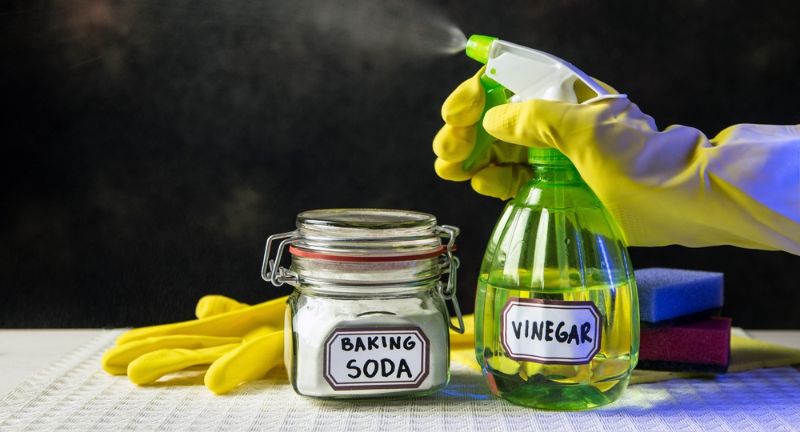
Shutterstock
Families used to commonly make their own cleaning products using simple ingredients like vinegar, baking soda, and lemon. These homemade solutions were not only cost-effective but also avoided the harsh chemicals found in many commercial products. Creating these cleaners required minimal effort and offered a natural way to maintain a clean home. With increasing environmental and health awareness, there is a renewed interest in homemade cleaning products today.
The Importance of Recycling Scrap Metal and Paper
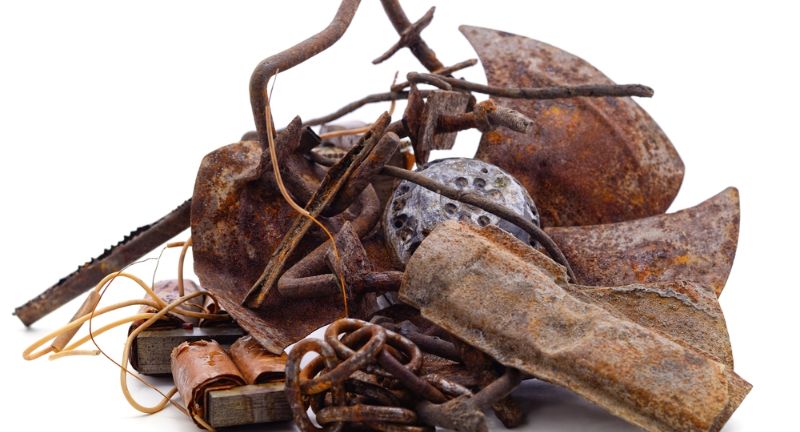
Shutterstock
During wartime, recycling scrap metal and paper played a crucial role due to the scarcity of resources. Households contributed by collecting these materials and turning them in for reuse, thereby supporting the war effort and conserving raw materials. This practice not only helped preserve resources but also fostered a sense of community responsibility. Today, while recycling has become routine, the emphasis on conserving materials continues to be essential for environmental sustainability.
The Benefits of Washable Cloth Diapers
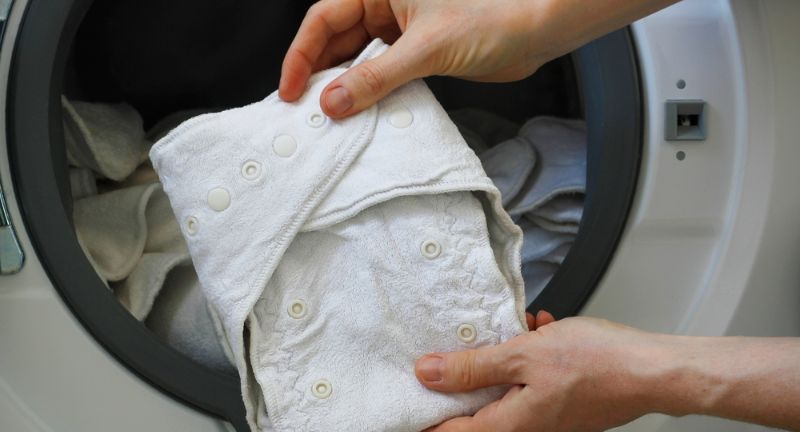
Shutterstock
Washable cloth diapers were once a popular and economical alternative to disposable diapers, celebrated for their reusability and cost savings. Parents who used these diapers not only reduced their expenses but also minimized their environmental footprint compared to disposable options available today. Although maintaining and washing cloth diapers required more effort, it reflected a strong commitment to sustainability. While their use has declined over time, some contemporary parents are now reconsidering this environmentally-friendly choice.
Brewing Beer at Home
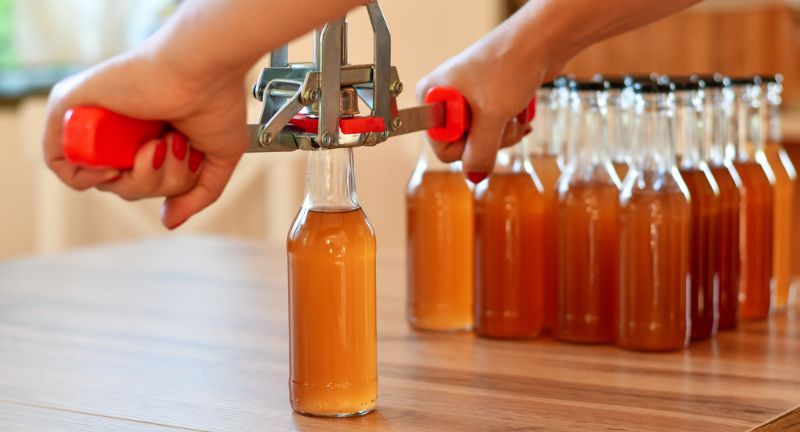
Shutterstock
Homebrewing is a practical and fulfilling hobby that enables individuals to create beers tailored to their preferences at a much lower cost compared to store-bought options. This hobby not only offers significant savings but also provides an opportunity to experiment with various ingredients and brewing methods. It nurtures a profound appreciation for the art of beer making and promotes sharing among friends and the community. While it may be more niche today, the homebrewing community is still thriving and continues to expand.
The Value of Hand-Me-Downs
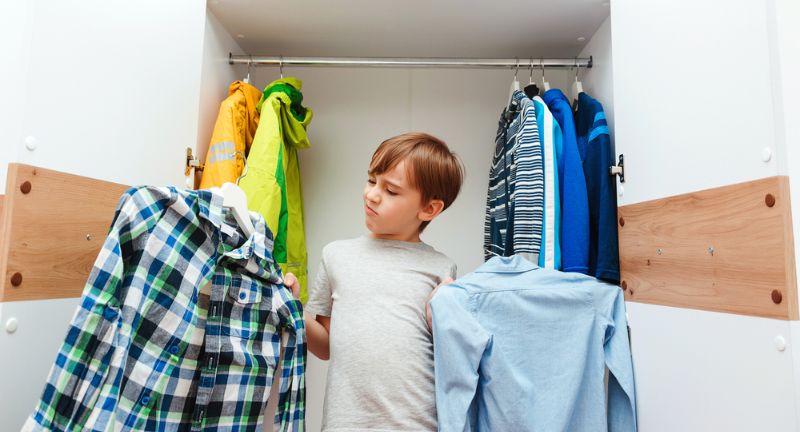
Shutterstock
Handing down clothes from one child to another or sharing them between families has long been a sensible method to extend the life of garments. This tradition not only conserves money but also mitigates the environmental burden of producing new clothes. Hand-me-downs were particularly prevalent in larger families and close-knit communities. Although this practice is still alive today, the emergence of fast fashion has significantly lessened its frequency.
Darning Socks
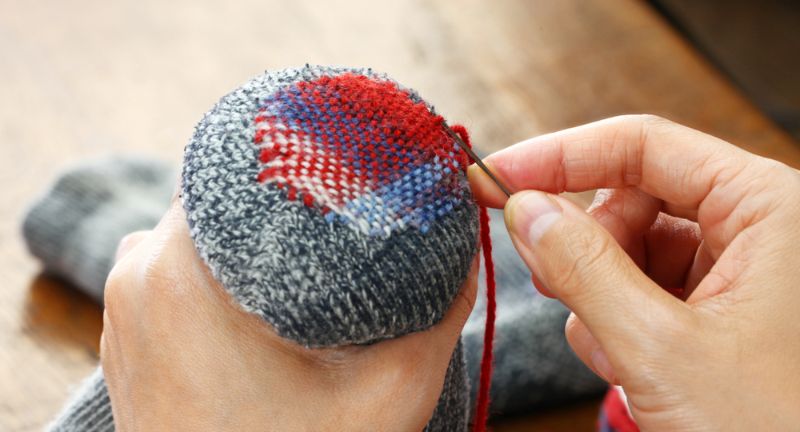
Shutterstock
Socks that developed holes were not discarded but darned, carefully sewn closed to extend their usefulness. This method of repair, once a routine part of household maintenance, saved money and reduced waste. Darning socks required only a needle, some thread, and a bit of skill, making it an economical choice. Today, such repairs are less common as low-cost clothing has shifted consumer habits towards replacement rather than repair.
Home Haircuts

Shutterstock
Cutting hair at home is a traditional way to save money on trips to the barber or stylist. Many families designate a member who becomes skilled at providing basic trims, helping to manage everyone’s appearance cost-effectively. This practice proves particularly beneficial during financially strained periods or in remote areas without easy access to professional salons. The advent of tutorial videos and affordable haircutting tools has led to a renewed interest in home haircuts, especially during times when salons are not an option.
Reviving the Spirit of Victory Gardens
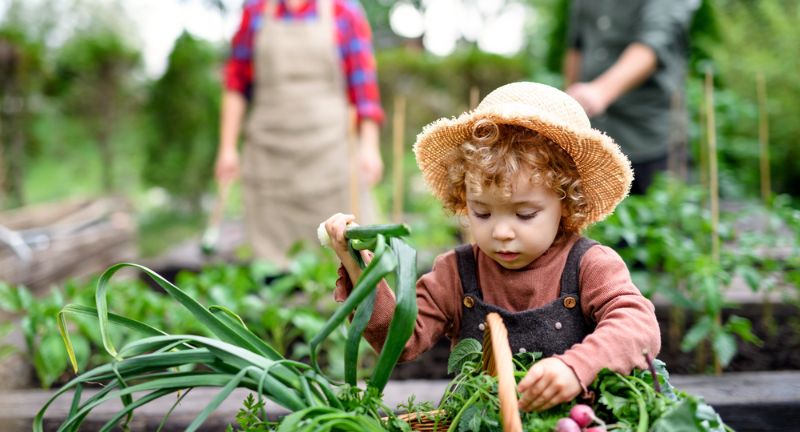
Shutterstock
During both World Wars, households cultivated ‘victory gardens’ to help mitigate food shortages. These gardens provided fresh produce while also encouraging community spirit and self-sufficiency. Families grew their own vegetables and herbs, significantly cutting down on grocery expenses. While not a necessity today, the idea of victory gardens has regained popularity among people looking to reduce their dependence on store-bought food.
Bartering Services

Shutterstock
Bartering services provided a practical method for acquiring goods and services without involving money. Individuals would exchange skills such as carpentry or baking for other needed services or items. This type of trade promoted community relationships and mutual support. While less common today due to the cash-driven economy, bartering still occurs in certain communities and online platforms.
Repurposing Lard Cans for Storage
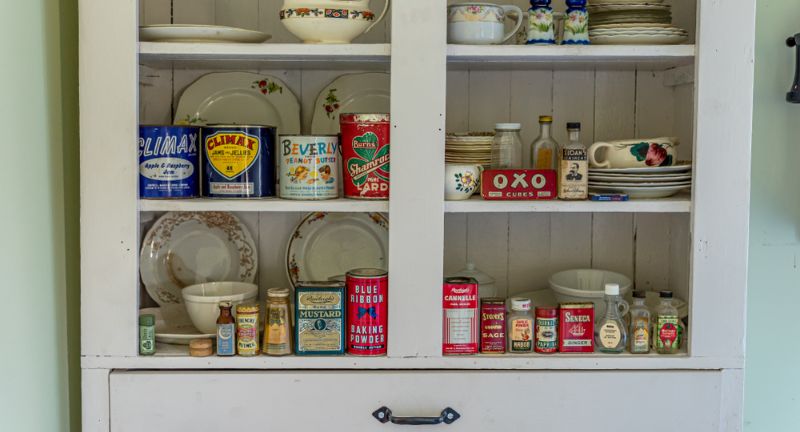
Shutterstock
Reusing lard cans for storage was a prevalent practice that showcased creativity in repurposing everyday items. Once these cans were emptied, they were cleaned and utilized to store various household goods, ranging from nails and screws to seeds for planting. This practice was not only economical but also contributed to waste reduction, promoting a more sustainable lifestyle. Although such practices are less frequent today, the idea of repurposing containers remains a valuable tactic in many homes.
Canning and Preserving
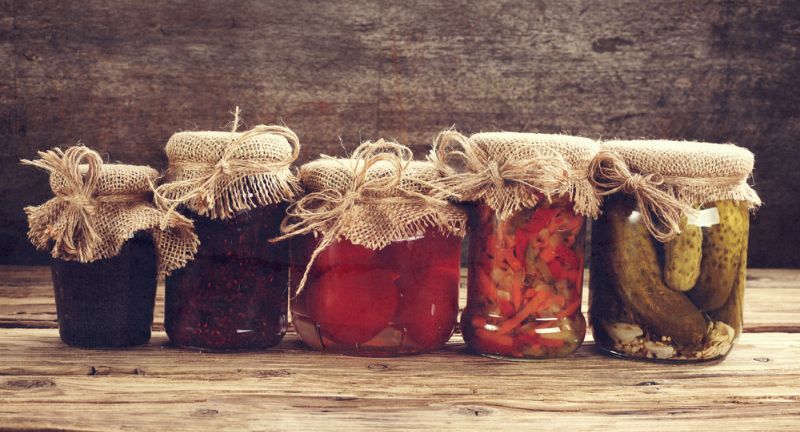
Shutterstock
Before the widespread use of refrigerators and freezers, canning and preserving food was a popular method to extend the shelf life of produce and meats. This practice enabled families to enjoy fruits and vegetables even when they were out of season, while also providing a sense of security. Home canning involved sterilizing jars, cooking the produce, and sealing them to prevent spoilage. Although this method is less common today due to the convenience of supermarkets, some people continue this tradition for its homey benefits and superior taste.
The Revival of Reusing Tinfoil and Plastic Bags

Shutterstock
In the past, reusing tinfoil and plastic bags was a widespread practice to cut down on waste and save money. Families would meticulously wash and dry these items to use them multiple times. This habit not only helped in conserving resources but also instilled a sense of frugality and respect for materials. With the growing awareness of plastic pollution today, there’s a renewed interest in minimizing single-use plastics by adopting similar practices.
Patchwork Quilting
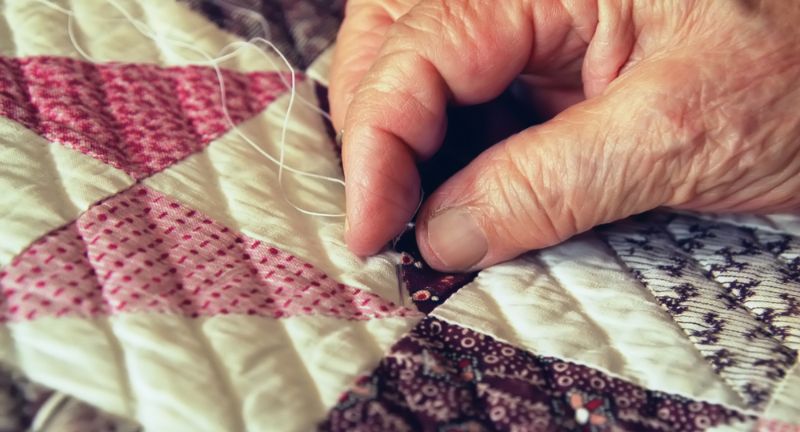
Shutterstock
Patchwork quilting historically served as a popular technique for repurposing fabric scraps and worn clothing into aesthetically pleasing and functional quilts. This method was not only cost-effective but also showcased a creative use of available resources. Often created as community projects or cherished family heirlooms, these quilts held considerable sentimental significance. In contemporary times, quilting continues to be a beloved pastime, appreciated for both its artistic value and its commitment to sustainability.
Utilizing All Parts of Food

Shutterstock
In historical kitchens, waste was minimized by using every part of the food, from nose to tail. Bones were boiled for stock, vegetable scraps were either composted or added to stews, and nothing edible was thrown away. This method not only saved money but also respected the resources utilized. Today, there is a renewed emphasis on reducing food waste, with many people adopting similar practices to fulfill sustainability commitments.
Benefits of Public Transportation and Walking
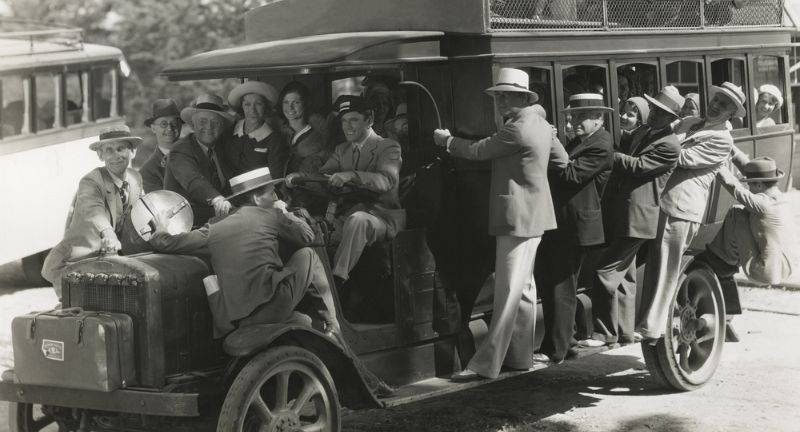
Shutterstock
In the past, before personal vehicles became common, many people depended on public transportation or walking for their daily commutes. This reliance not only helped them save money but also encouraged a healthier lifestyle with more physical activity. Additionally, using public transport and walking significantly reduced traffic congestion and had a lower environmental impact. While car ownership has surged over the years, there is a notable trend in urban planning towards enhancing public transit systems and creating pedestrian-friendly infrastructure.
Manual Lawn Mowing
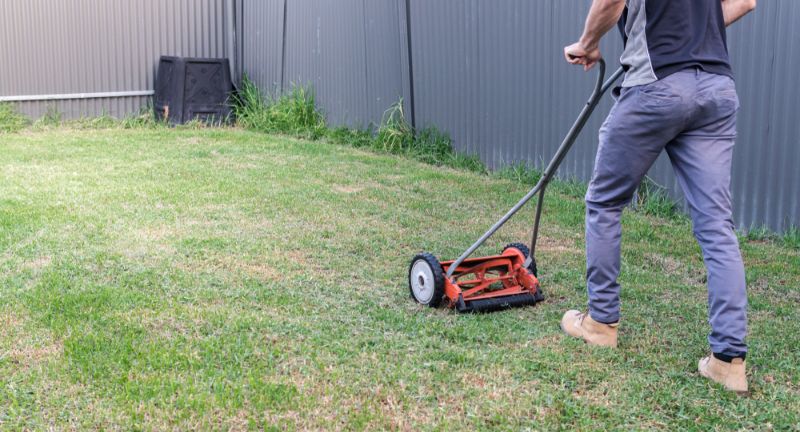
Shutterstock
Push mowers, which don’t require gas or electricity, were once a common tool for maintaining lawns. These mowers were not only economical but also provided a form of physical exercise. The simplicity and reliability of manual mowers appealed to those who preferred a more hands-on approach to lawn care. While modern power mowers offer convenience, manual mowers are still valued by those seeking a quieter, more environmentally friendly option.
The Importance of a Budget Ledger

Shutterstock
Historically, maintaining a meticulous budget ledger was a standard method for overseeing household finances. This approach enabled individuals to monitor every cent, ensuring that their expenditures were in line with their financial objectives. The ledger acted as an instrument for fostering financial discipline, aiding in the prevention of debt and the accumulation of savings for future needs. While digital tools have largely supplanted traditional paper ledgers, the fundamental principles of diligent budgeting continue to be just as pertinent today.
Making Homemade Ice Cream
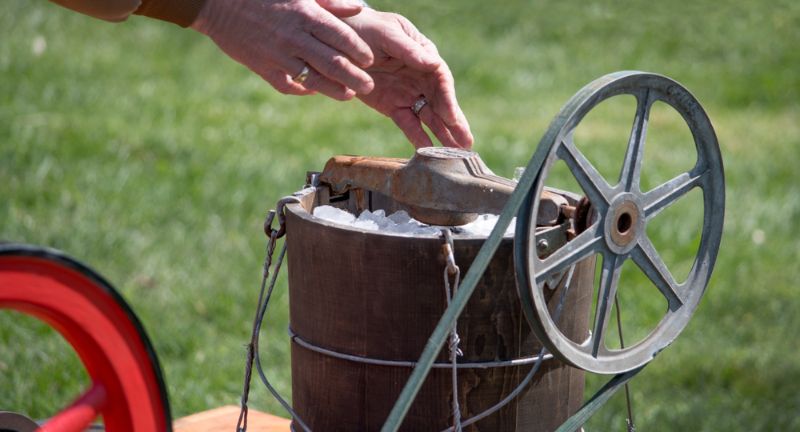
Shutterstock
Homemade ice cream is a delightful treat that families can prepare together using simple ingredients and manual ice cream makers. This activity is not only economical but also a fun way to create custom flavors that can’t be found at the store. Making ice cream at home allows families to bond over the preparation and enjoyment of the dessert. Although modern conveniences allow for easier methods, the tradition of making homemade ice cream still brings joy to many.
The Benefits of Refilling Ink Cartridges
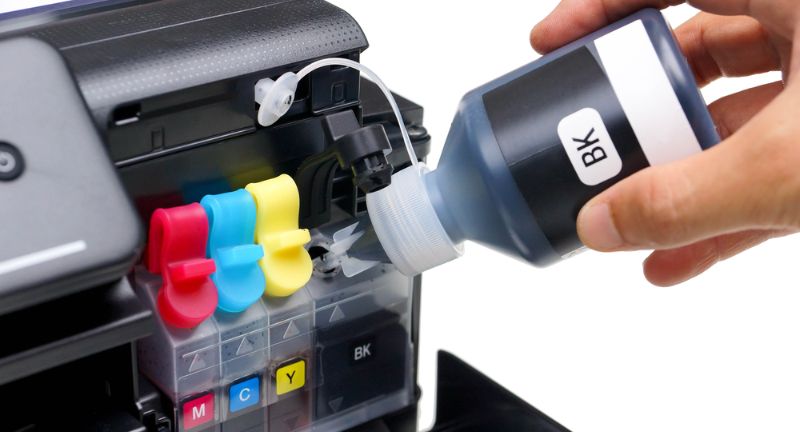
Shutterstock
Opting to refill ink cartridges instead of buying new ones is both a budget-friendly and eco-friendly decision. This approach helps users cut costs and decrease the waste linked to single-use cartridges. Refill kits are accessible, allowing people to conveniently reload their cartridges at home. Despite advancements in printer technology, refilling ink is still a practical choice for those aiming to lessen their environmental impact.
Making Do or Doing Without
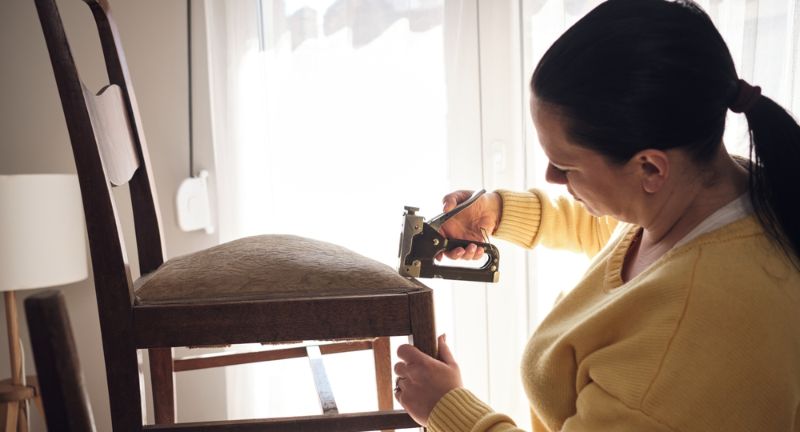
Shutterstock
The old adage ‘use it up, wear it out, make it do, or do without’ epitomized the ethos of an earlier era of thriftiness. This philosophy encouraged people to think creatively about how to extend the life of their possessions. Making do with what one had fostered a culture of ingenuity and frugality. Though modern consumer culture often promotes buying new, there is a growing movement towards sustainability and minimalism that embraces these old values.
The Benefits of Rain Barrels
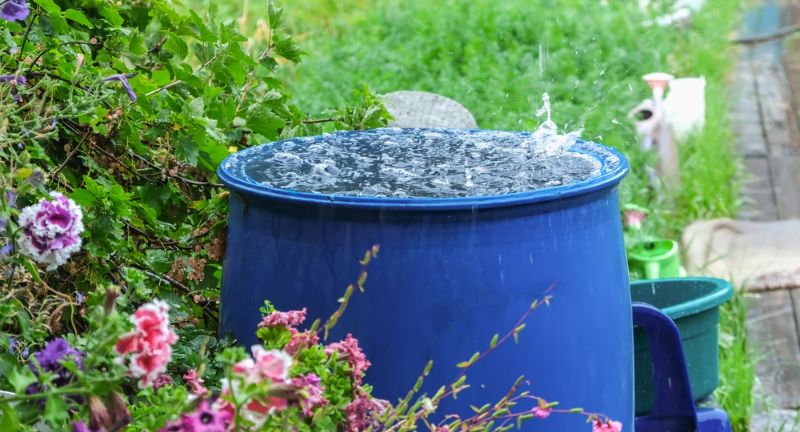
Shutterstock
Using rain barrels to collect rainwater is an economical method to water gardens and lawns without relying on the municipal water supply. This approach not only reduces water bills but also makes effective use of a natural resource. Additionally, rain barrels help minimize runoff and conserve water during dry periods. While modern irrigation systems are more commonly used today, the adoption of rain barrels is increasing among environmentally-aware gardeners.
The Joy of Homemade Gifts

Shutterstock
Creating homemade gifts like knitted scarves, baked treats, or handmade jewelry is a heartfelt way to show you care while staying budget-friendly. These gifts are often cherished for their personal touch and the effort that goes into making them. Crafting gifts at home also provides an opportunity for customization and creativity, ensuring each gift is one-of-a-kind. Although less prevalent today, many still find great joy and value in the tradition of making and giving homemade gifts.
Collecting S&H Green Stamps

Shutterstock
Collecting trading stamps like S&H Green Stamps was once a popular method for earning rewards through shopping at specific stores. Customers would accumulate these stamps and exchange them for various household items, appliances, or even toys. This incentive program fostered loyalty to certain retailers and helped families extend their budgets. Although these programs have mostly been replaced by digital loyalty points and coupons, they still evoke a sense of nostalgia for those who remember them.
Benefits of Using a Clothesline
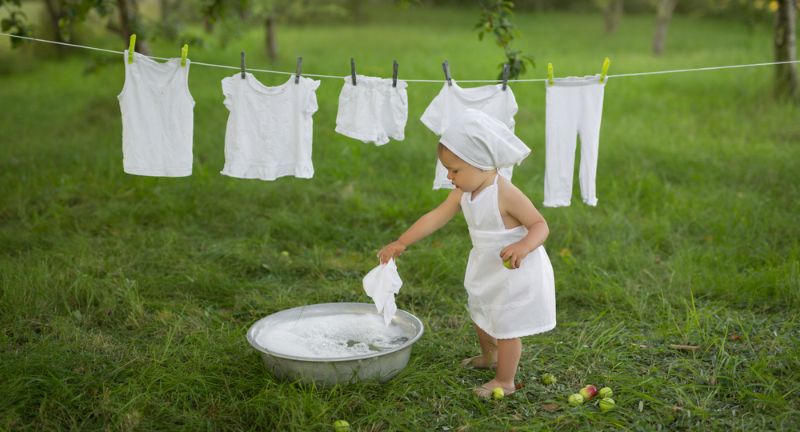
Shutterstock
Before electric dryers became widely used, drying clothes on a clothesline was a common practice. This method saved on electricity costs and prolonged the lifespan of clothing by avoiding the wear and tear caused by dryers. Clotheslines utilized the natural drying power of the sun and wind. While they are less frequently seen in urban areas today due to limited space, many people continue to use clotheslines to save energy and appreciate the fresh smell of air-dried laundry.
The Art of Mending Clothes
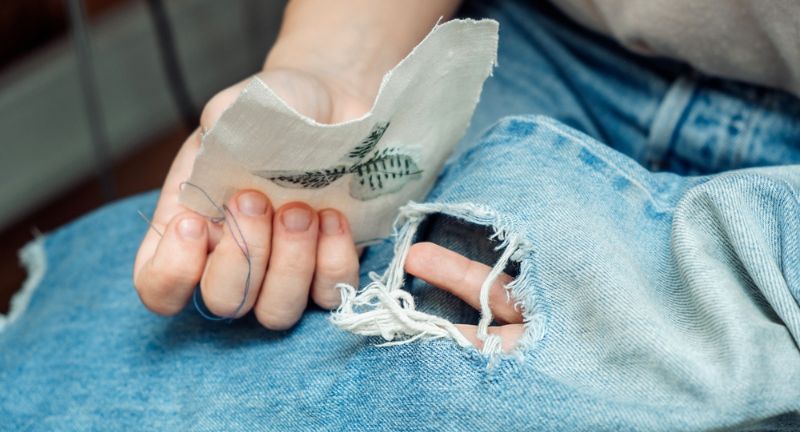
Shutterstock
In the past, instead of throwing away clothes that had minor damages, people often mended them. This not only prolonged the life of the garments but also promoted a culture of resourcefulness and sustainability. Skills like sewing patches, stitching tears, and reinforcing weak areas were commonplace. Nowadays, this practice has largely been replaced by the convenience of purchasing new items, leading to higher levels of consumer waste.
Creating Delicious Soup from Leftovers

Shutterstock
Transforming leftovers into soup was once a fundamental method to prevent food waste. This approach not only conserved money but also fostered culinary innovation by blending diverse ingredients into hearty meals. Soups could be customized based on available ingredients, thereby cutting down grocery costs and lessening food waste. Although modern busy lifestyles might prioritize convenience, many people still value the economic and comforting aspects of homemade soups.
Hand-Washing Dishes
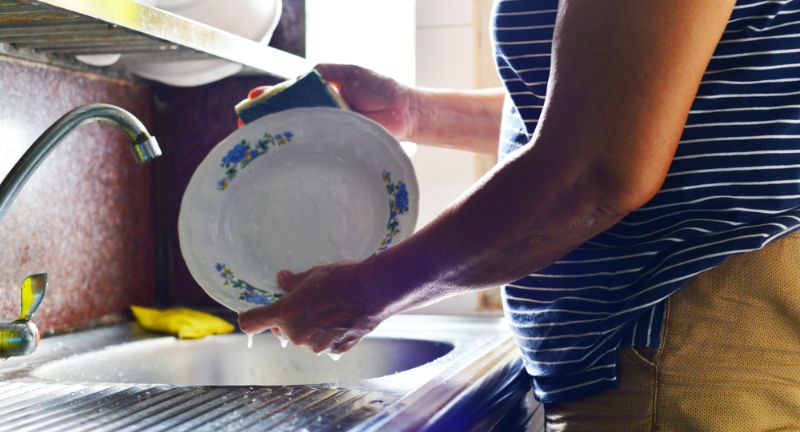
Shutterstock
Before dishwashers became commonplace, hand-washing dishes was the traditional method for cleaning up after meals. This approach was considered both economical and a means to save energy. It often became a family activity, transforming a household chore into an opportunity for bonding. Although many people now favor the convenience of dishwashers, hand-washing dishes continues to be a cost-effective and environmentally friendly alternative.
Conclusion

Shutterstock
Reflecting on the frugal habits of the past, it’s evident that these practices extend beyond mere economic gains; they embody principles of sustainable living. In today’s hectic, throwaway culture, there’s a rising appreciation for the benefits of slowing down, reusing, and repurposing. Embracing even a handful of these traditional habits allows us to lessen our environmental impact, strengthen our communities, and foster a more conscious approach to consumption. Whether it’s mending a ripped shirt, cultivating our own herbs, or choosing to walk instead of drive, each small action can bring about substantial changes in both our personal lives and the broader world.
ADVERTISEMENT - CONTINUE BELOW
About Money+Investing
Money + Investing provides our community with the latest personal and business finance news from around the world. We publish money saving and earning tips to help you make smartier investing decisions. We're inspired by exploring and providing new ways for our audience to achieve financial freedom. We can't wait to share all of our exciting deals, guides and reviews to help you live your financial life to the fullest.
More Money + Investing
-


15 Bad Habits Keeping You From Being A Millionaire
-


25 Scams Aimed Squarely at Seniors
-
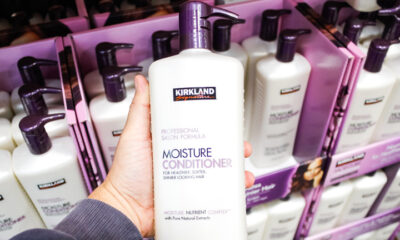

Unmasking Kirkland: The Big Brands Behind Costco’s Best Buys
-


20 Easy Ways to Keep Energy Costs Low During Chilly…
-


Top 24 Canine Guardians: The Best Dog Breeds for Security
-


21 Items Savvy Shoppers Skip
-


24 Items That Are Too Pricey for Shoppers Now
-


20 Great Low Population Places In America To Retire In
-


25 Reasons Employers Hesitate to Hire Gen Z Workers
-


17 Unmistakable Clues That Someone Is Gaslighting You
-


21 Brands That Have Stirred Up The ‘Woke’ Debate
-


24 Cars to Buy Now Before Their Value Skyrockets
